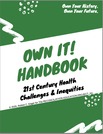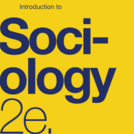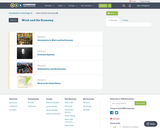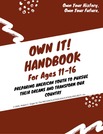
The Own It! Handbooks are guide books for a transformative after-school, trauma-informed enrichment program. The 21st Century Health Challenges & Inequities handbook provides lessons & activities about essential elements of the American health and healthcare system. In 2020, the strengths and weaknesses of American health care were brought powerfully into each home by the COVID-19 pandemic crisis. Like prior 20th century health crises --the 1918 flu, polio, AIDS -- COVID-19 represented a fundamental challenge to all Americsans. This Handbook seeks to help us better understand how our healthcare systems can better serve the American people.Own It! also nurtures academic skills, personal growth and leadership. It uses history to connect our past to our future, as part of the Own Your History® (OYH) Collection. But Own It! is not “school” and it differs from traditional approaches to history.
- Subject:
- Health, Medicine and Nursing
- History, Law, Politics
- U.S. History
- Material Type:
- Lesson Plan
- Student Guide
- Teaching/Learning Strategy
- Unit of Study
- Author:
- Robert Eager
- Date Added:
- 08/22/2024
















